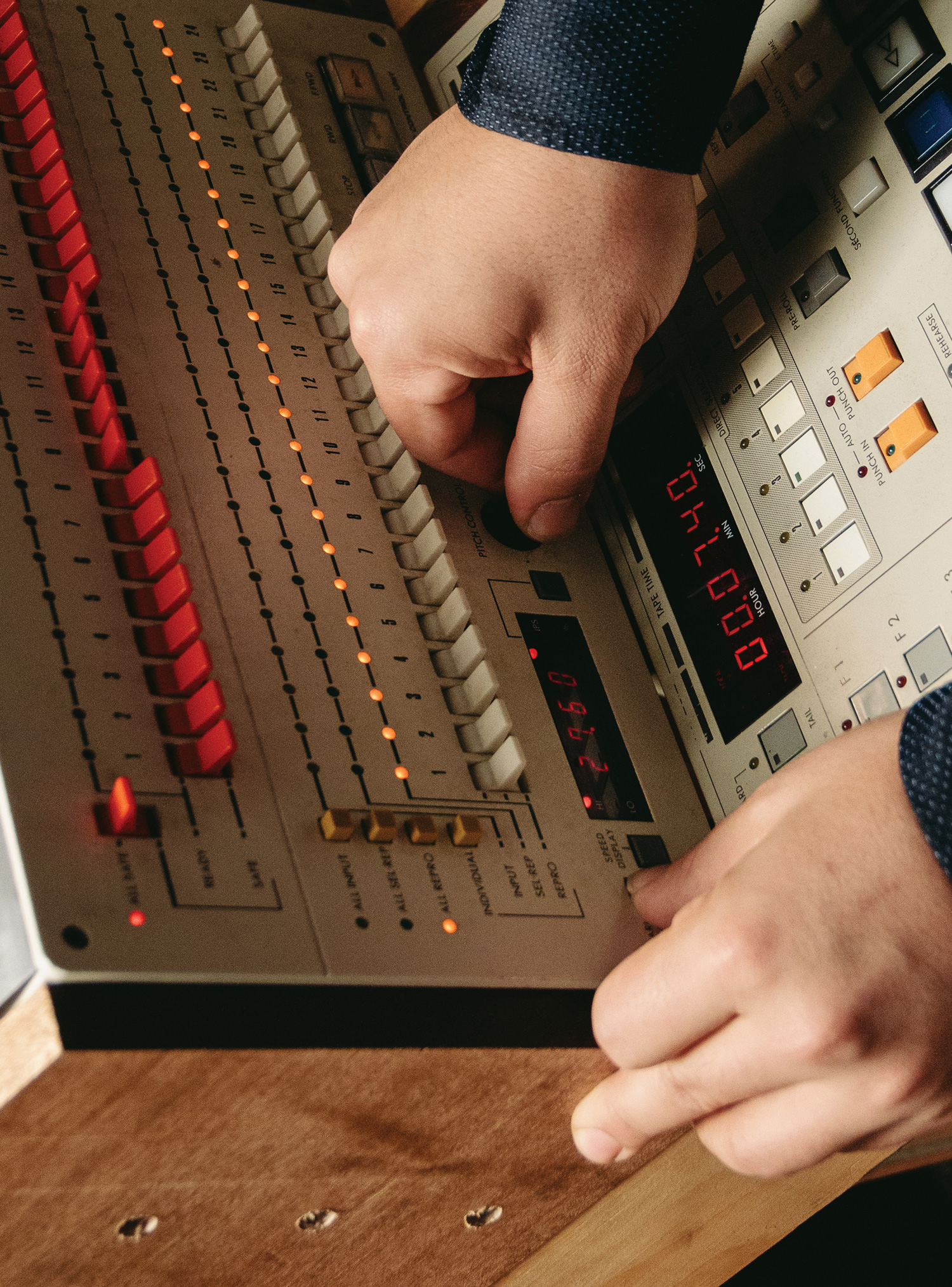Last year, I was recording the upcoming album from Exit Verse (ex-members of Karate, Chisel, Brokeback) at MINBAL in Chicago. Most of the time, the band wanted to keep the lights off in the live room. Late in the day, when the sun was close to setting, there was just enough natural light in the live room for me to see the band through the glass, but only if I turned off the lights in the control room. I can touch-type in the dark when I'm writing and entering text, but when I'm mousing with my right hand and hitting Pro Tools action keys with my left hand, I need to look at the keyboard. That's when I thought to myself, "I wish someone made a backlit keyboard labeled for Pro Tools."
Well, it turns out that Editors Keys does exactly that. And in fact, the company makes several types of keyboards for Ableton Live, Cubase, Logic Pro, PreSonus Studio One, Reason, and Sonar — and of course, Pro Tools too — as well as for a number of popular video, photo, and graphic design applications.
At my own studio, my primary DAW platform is Cubase running on Windows 10, so I ordered myself an Editors Keys Cubase Backlit Mac/PC Keyboard. Out of three layout options, I chose "US Qwerty," which is bog-standard ANSI, with 109 full-sized keys, including a full row of function keys up top and a numeric keypad on the right. The keys themselves rely on "scissor switches," like Apple's keyboards as well as the keyboards on most laptops. Key travel is perhaps a mm or more than what you find on Apple's current aluminum model, but feel is otherwise very similar between the two. There are several colors utilized for the keycaps, such that keys are color- grouped by function, and the various icons painted onto the keys are also colored accordingly. With this keyboard, you'll have no problem finding any of the primary action keys for your DAW, whether the backlighting is turned off or on. When it's on, all of the colored keys glow completely, and there's a band of white light around the edge of each key. The keys that aren't associated with a primary action are painted black with white labeling, and these become visible by their glowing labels and white edges. I've been told by Editors Keys that the keycaps are painted using a modern, laser-screening process. A half-year of use in my studio hasn't degraded the keycap colors or icon labels in any way. The keyboard still looks and feels brand new. The only downside with the keyboard is the large "bezel" surrounding the keys. In other words, the keyboard's footprint is quite a bit larger than what's in vogue these days.
Beyond that, I love this keyboard. When I first started using the keyboard, I was quite surprised at how many of the primary key-activated functions in Cubase I was failing to use, even though I had made the move to Cubase years ago. For roughly a quarter of the actions that are available via a single keypress in Cubase, I was going about the "hard way" — using the mouse and navigating through on-screen menus. It took me very little time with the Editors Keys keyboard in front of me to learn these neglected key actions, and now I'm that much faster — and my overworked wrists are that much happier. Moreover, I'm doing much less hunting and pecking now. Perhaps my peripheral vision has picked up on the keyboard's well-implemented color-grouping, or maybe learning the action labels on this keyboard has helped my brain more closely associate actions with key positions by feel. Either way, I'm much more efficient in Cubase now, because not only am I doing less mousing, but I'm also rarely looking down at the keyboard. Even if you think you're an expert operator of your DAW, my bet is that you'll become more action-key proficient if you use this keyboard. Also, if you tend to switch between applications, it makes total sense to use separate, application- specific keyboards to help your brain and muscle memory adjust to each action-key layout. The way I see it, the cost of an Editors Keys keyboard is offset by workflow efficiency gains offered by this well-labeled keyboard. Hundreds, if not thousands, of on-screen menu actions per day that could be done with single keypresses adds up to plenty of time — and to a lot of unnecessary wear and tear on your wrists. I can't recommend the Editors Keys Backlit Mac/PC Keyboard enough.
Check out the manufacturer's website for more layout options and keyboard models, including non-backlit Slimline designs (wired and wireless) and official Apple keyboards with molded-on keycap labels. Silicone keyboard covers that fit the MacBook and the Apple Wireless Keyboard are also available, as well as many studio and editing-room accessories.




_disp_horizontal_bw.jpg)